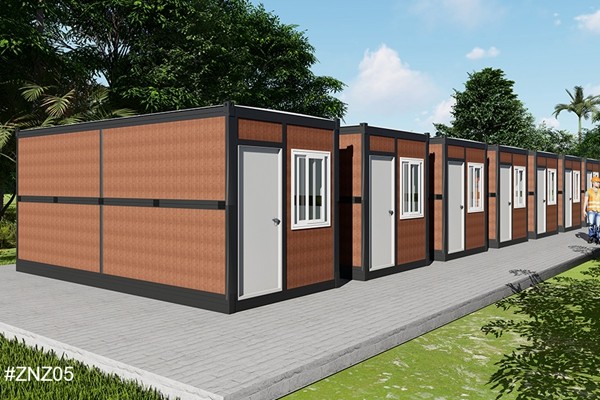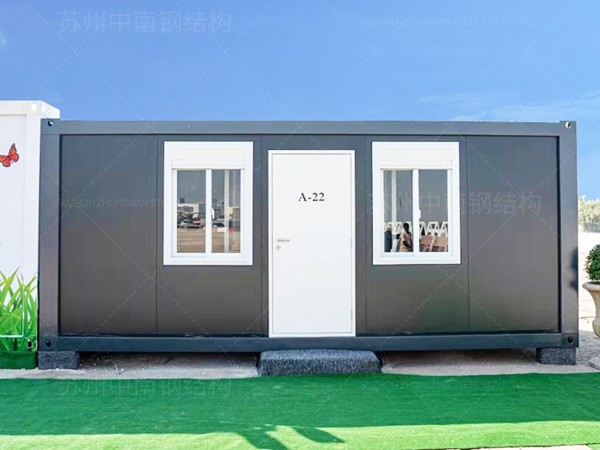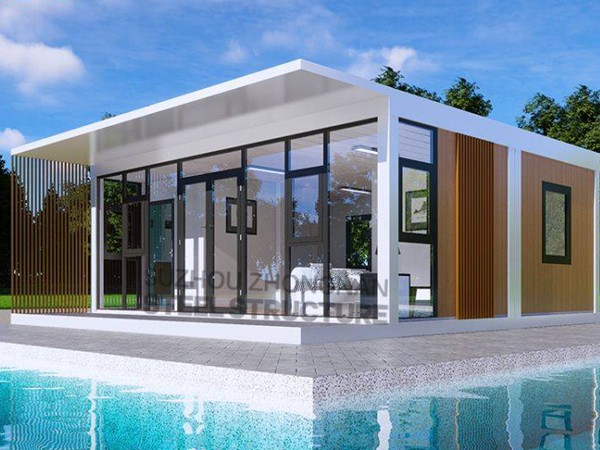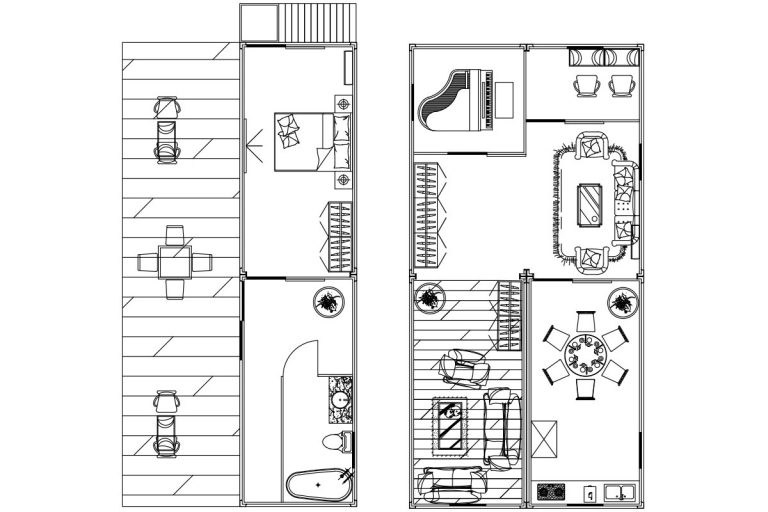shipping crate homes
Shipping crate homes have become a focal point in sustainable architecture, marrying both affordability and innovation. These structures, primarily crafted from repurposed shipping containers, serve as an instrumental solution for eco-friendly urban living. Worldwide, the versatility offered by shipping crates provides potential homeowners with both unique aesthetic choices and functional living spaces, without the heavy financial burden typically associated with traditional housing.
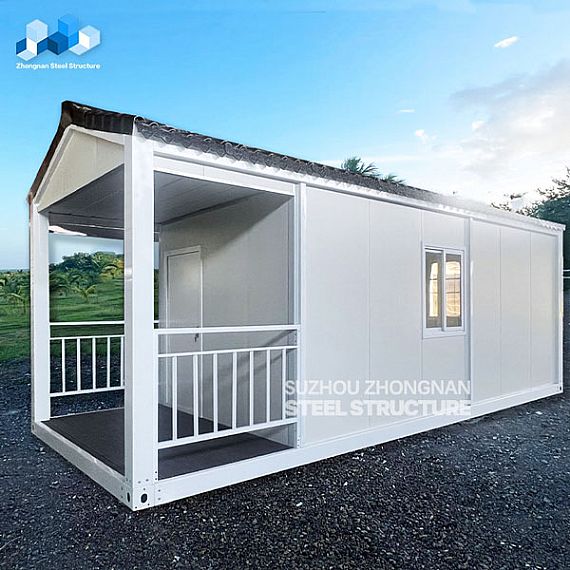
The appeal of shipping crate homes begins with their inherent economic advantage. Shipping containers, often produced in surplus, present a cost-effective solution for budding homeowners. These structural behemoths are designed to withstand rigorous conditions at sea, ensuring that they readily meet the strength and durability requirements necessary for constructing residential buildings. Moreover, the ease with which these containers can be transported worldwide reduces logistical challenges and expenses, further emphasizing their practicality for cost-conscious individuals.
Beyond mere affordability, shipping crate homes excel in sustainability. As many cities and governments pivot towards reducing carbon footprints, incorporating repurposed materials becomes imperative. Creating homes from shipping containers reduces demand for traditional construction materials like bricks, cement, and wood, directly minimizing environmental impact. Furthermore, savvy builders are integrating renewable energy solutions such as solar panels into shipping crate homes, transforming them into near-zero-energy dwellings. As climate change continues to dominate global discourse, the adoption of shipping crate homes symbolizes a conscientious stride toward sustainable living.
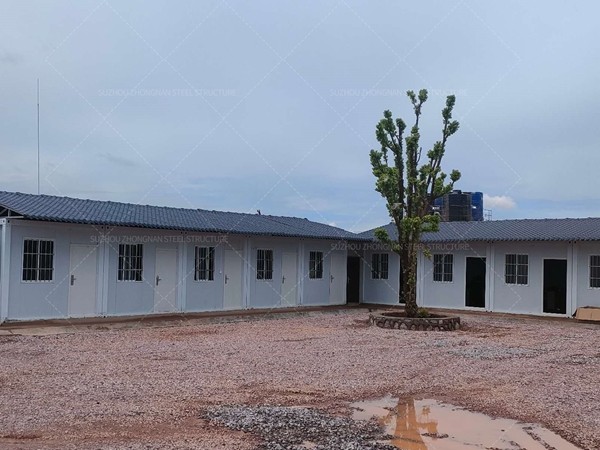
Architectural flexibility is another noteworthy benefit of shipping crate homes. Each container can be utilized singularly for minimalist abodes or combined in multifaceted arrangements to create sprawling residences or multistory buildings. Designers can customize these box-shaped structures with precision, cutting away unnecessary sections and employing contemporary design elements to produce stunning, avant-garde homes. The industrial aesthetic inherent to shipping crates further provides a blank slate for personalization, encouraging homeowners to imbue their spaces with distinctive character. Functional spaces such as modern kitchens, spacious living areas, and innovative storage solutions are seamlessly incorporated using smart design principles.shipping crate homes
The community aspect is also pivotal in the promotion of shipping crate homes. Small housing communities utilizing such structures have been established in various urban locales, fostering a sense of community while addressing housing shortages. These communities offer a cohesive support network, where residents can exchange resources, share expertise, and cultivate relationships. Moreover, city planners recognize these projects as viable options for addressing affordable housing crises, particularly in cities where space and economic factors restrict traditional housing growth.
However, transitioning to shipping crate homes is not without challenges. Prospective homeowners must navigate myriad zoning laws and building codes, which can vary significantly from region to region. Expertise is crucial in this regard, necessitating the involvement of seasoned architects and builders familiar with local regulations to ensure compliance and safety. Another consideration is the insulation of shipping containers. Designed primarily for transport, these containers require additional modifications for thermal efficiency and climate control to create comfortable living environments. Yet with advancements in construction technology, these challenges can be readily managed by employing modern insulation techniques and materials.
For homeowners and investors alike, shipping crate homes present an enticing opportunity for innovation within the housing market. Not only do they provide cost-effective and sustainable solutions, but they also challenge traditional architectural norms, offering customizable and aesthetically pleasing alternatives to conventional residential buildings. As societies increasingly prioritize environmental and economic sustainability, shipping crate homes are forging a path toward a greener, more adaptable future in urban living spaces.

